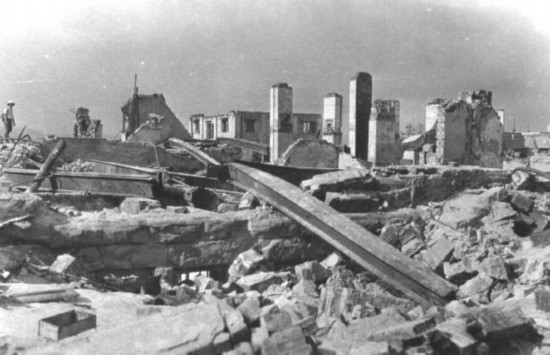As you will gather from this, measuring earthquakes is not always an exact science, particularly when interpreting readings from remote locations. At all events, both quakes were whopping. The 1960 quake not only caused widespread damage across coastal South America, but also set off a giant tsunami that rolled six thousand miles across the Pacific and slapped away much of downtown Hilo, Hawaii, destroying five hundred buildings and killing sixty people. Similar wave surges claimed yet more victims as far away as Japan and the Philippines.

For pure, focused, devastation, however, probably the most intense earthquake in recorded history was one that struck—and essentially shook to pieces—Lisbon, Portugal, on All Saints Day (November 1), 1755. Just before ten in the morning, the city was hit by a sudden sideways lurch now estimated at magnitude 9.0 and shaken ferociously for seven full minutes. The convulsive force was so great that the water rushed out of the city's harbor and returned in a wave fifty feet high, adding to the destruction. When at last the motion ceased, survivors enjoyed just three minutes of calm before a second shock came, only slightly less severe than the first. A third and final shock followed two hours later. At the end of it all, sixty thousand people were dead and virtually every building for miles reduced to rubble.












